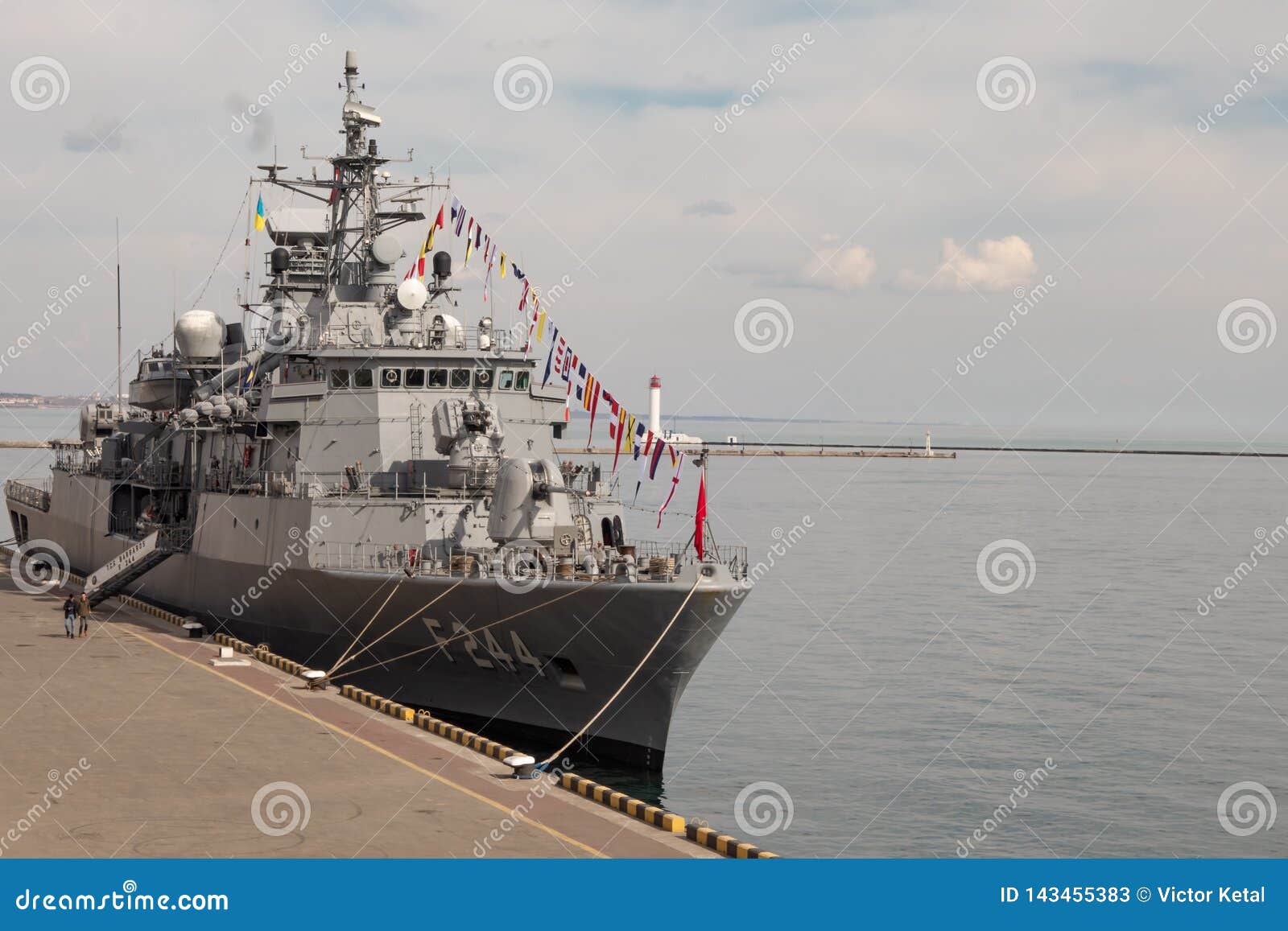

(Galata Observatory, 1557) Architecture – Sinan, most famous architect Blue Mosque Bazaars, hospitals, ceramics, silkĭecline of Ottoman Empire The Siege of Vienna – Suleyman’s forces were turned back in 1529 The Battle of Lepanto, 1571 Major naval battle between Spanish and Ottomans Spanish victory gave hope to Christian empires that Turks could be stopped. Major Achievements Scholars in astronomy and medicine. Major Achievements Art work: Picture of Angel Gabriel visiting Muhammad Illuminated Qur’an Prayer rugs and textiles What is unusual about this painting? Major Achievements Restored city of Constantinople (Istanbul) Turned Hagia Sophia into a Mosque Islamic Calligraphy The Harem The Harem “Sacred Place” Sultan’s wives and concubines resided in private domain Sultan chose four wives as his favorites When a son was chosen as a Sultan, mother became “Queen Mother” and gained power Women treated better than other Islamic states (Turkish traditions) Could own and inherit property Were not forced to marry and could seek a divorce Some gained political power as officials and governors Merchants were most privileged, exempt from taxes and gov’t regulations. Social Structure/Role of Women Four main Occupational Classes: peasants, artisans, merchants, pastoral peoples. Religious Beliefs and Policies Ottomans were Sunni Muslims Sultans claimed the title of Caliph – guided and maintained Islamic Law Religious advisors – Ulema – set up schools Conversations between Christians and Muslims Tolerant of Non-Muslims Non-Muslims had to pay a tax, Jiyza, but could freely practice religion Janissaries protected religious minority Provincial Governors (Beys) And Military elite - The Janissaries Heads of Individual Religious Millets Process of succession was not distinct – could cause conflict Who do you think had the real power?Ĭollection of Taxes in Suleyman’s Court The Janissaries How were the Janissaries similar to the eunuchs? The Ottoman Centralized Bureaucracy SULTAN Local Administrators & Military Landowners / Tax Collectors Muslims Jews Christians Led by Sultan – Absolute power Chief minister, or adviser, to the Sultan GrandVizier Viziers Positions were based on merit, not birth. Turkish Naval Fleet rules the eastern Mediterranean Patron of the arts, built bridges, public baths, schools and mosques. Major Leaders Suleyman the Magnificent Suleyman: (1520-1566) – The Greatest Sultan Expanded Empire into Romania, Hungary, and parts of Austria. The Topkapi Palace “Iron Gate” “ What a city we have given to plunder and destruction.” Turks vs Europeans Renamed city Istanbul and made it the capital. Major Leaders Mehmet II Mehmet II: 1444-1481- Called “The Conqueror” 1453 – 80,000 soldiers laid siege to Constantinople and conquered the Byzantine Empire. Defeated the Serbs in the Balkans at the Battle of Kosovo in 1389 and began to dominate the region. Developed an elite military guard, The Janissaries, and a strong naval fleet. Rise in Power Osman I (Othman): 1299-1326 Osman led group of Turks in the Anatolian Peninsula Began to expand power by taking over the Bosporus and Dardanelle straits.


 0 kommentar(er)
0 kommentar(er)
